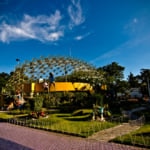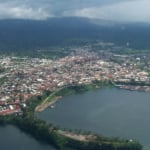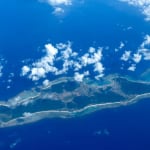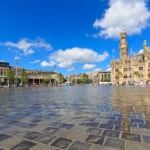Name: Tikal Ruins
Address: Tikal National Park and Maya Biosphere, Tikal National Park, Guatemala
Official/Related Website: http://www.geocities.jp/bokata94/tical.html
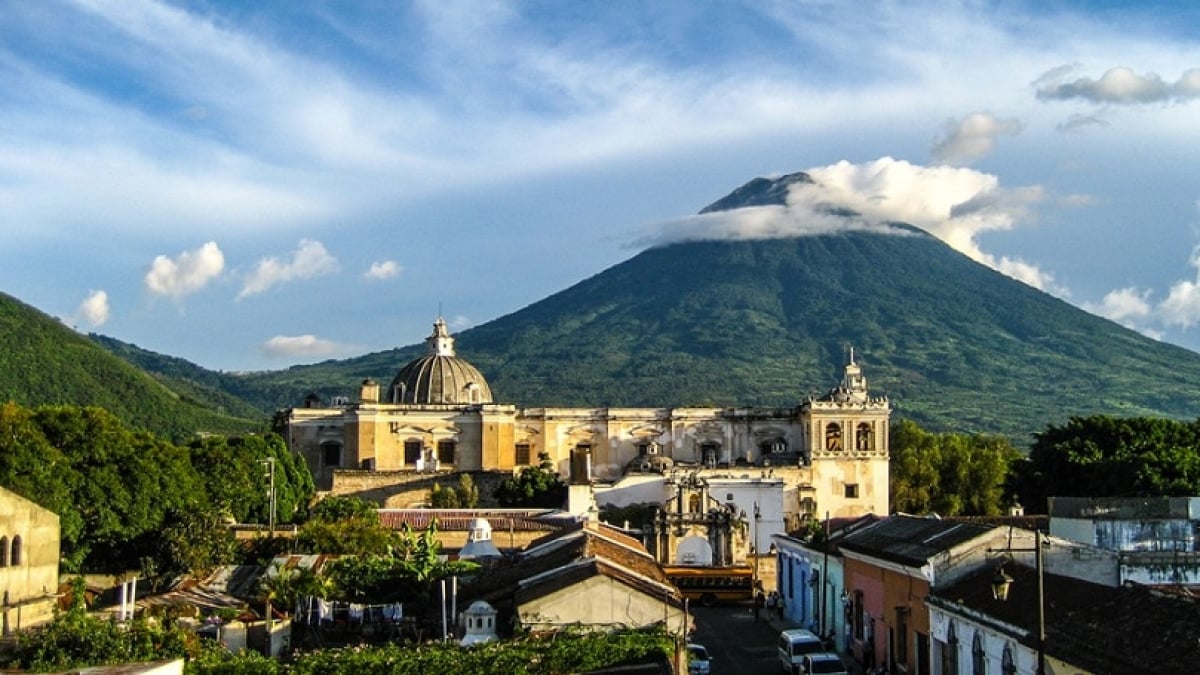
15 must-visit tourist spots in Guatemala, Central America, Rich in Maya history
Guatemala, a Central American country that stands out as a highlight for tourists, offers an abundance of ancient Maya heritage, including structures and cultural relics that vividly preserve its history. The country is home to many indigenous communities, and interacting with them provides visitors with an even deeper sense of exotic charm. The mysterious Maya civilization, whose full story is yet to be uncovered, continues to reveal new archaeological sites. Guatemala, one of the most popular Central American destinations for tourists, is predominantly mountainous, making its climate particularly pleasant for sightseeing. Its natural landscapes further enhance its appeal, offering numerous attractions scattered across this land of mountains.
Here are 15 enchanting tourist spots in Guatemala that showcase its rich Maya heritage
table of contents
[x] close
15 must-visit tourist spots in Guatemala, Central America, Rich in Maya history
- 1. Tikal Ruins (Tikal)
- 2. National Museum of Archaeology and Ethnography (Guatemala City)
- 3. Kaminaljuyu Ruins (Guatemala City)
- 4. Lake Atitlán (Solola Department)
- 5. Biotopo del Quetzal (Baja Verapaz Department)
- 6. Metropolitan Cathedral (Guatemala City)
- 7. Central Market (Guatemala City)
- 8. Monterrico (Monterrico)
- 9. Arco de Santa Catalina (Antigua)
- 10. La Merced Church (Antigua)
- 11. Cerro de La Cruz (Antigua)
- 12. La Recolección Monastery (Antigua)
- 13. Quiriguá Ruins (Quiriguá)
- 14. Zaculeu Ruins (Huehuetenango)
- 15. Río Dulce
- Summary
1. Tikal Ruins (Tikal)
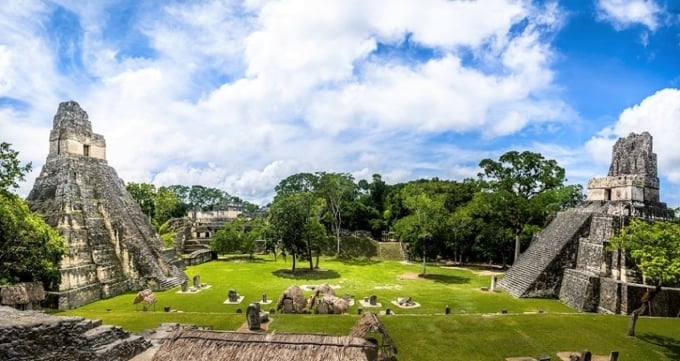
Among the numerous archaeological sites in Guatemala, Tikal is arguably the crown jewel. Recognized as a UNESCO World Heritage Site, this iconic site offers breathtaking views amidst a jungle backdrop. Tikal thrived as a political and economic hub of the Maya civilization from the 4th to the 9th century CE.
The site spans an immense area, housing approximately 3,000 structures, ranging from small residences to towering temples. Visitors should allocate at least half a day to explore it. A key highlight is the panoramic view from Temple IV, famously featured in Star Wars: Episode IV. However, even if you're not a fan of movies or ruins, Tikal's deep history and mystique are sure to captivate you.
2. National Museum of Archaeology and Ethnography (Guatemala City)
This museum is a treasure trove of ancient Maya artifacts and cultural exhibits. Visitors can marvel at traditional clothing from indigenous Maya villages and artifacts unearthed from archaeological sites. It's an excellent spot to immerse yourself in Maya culture, offering an experience hard to find.
Since many Maya ruins are remote and challenging to access, this museum is an ideal alternative for those wanting to explore Maya history and culture with ease.
Name: National Museum of Archaeology and Ethnology
Address: 7 Av, 13th Zone 6 St | Building No. 5, Finca la Aurora, Guatemala City 01013, Guatemala
Official/Related Website: http://www.latenamerica.com/came18.html
3. Kaminaljuyu Ruins (Guatemala City)
This ancient Mayan site, excavated in 1991 with significant funding from companies, is a relatively recent discovery. Located in a residential area of Guatemala City, the site resembles a green park. As excavation continues, its significance within Mayan civilization has become increasingly recognized, prompting efforts by the country to preserve it. Numerous artifacts unearthed from the site are displayed in an on-site museum, which visitors are encouraged to explore. Among the ruins are large structures believed to be the remains of an earthen palace, showcasing distinctive Mayan arches crafted from earth. This unique "earthen Maya" architecture, not found at other Mayan sites, enhances the site's historical value.
Additionally, the site has become a contemporary place of ritual for indigenous communities. As it serves as a sacred space for prayer, visitors should respect these practices and seek permission before photographing such ceremonies.
Name: Kaminaljuyu Ruins
Address: Zone 7, Guatemala City, Guatemala
Official/Related Website: http://www.latenamerica.com/came17.html
4. Lake Atitlán (Solola Department)
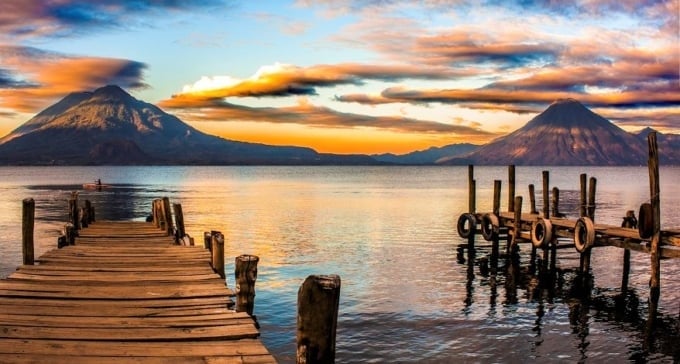
Nestled near the heart of Guatemala, Lake Atitlán is often hailed as the most beautiful lake in the world. Surrounded by three majestic volcanoes reaching over 3,000 meters in height, the lake's breathtaking scenery is undeniable. Adding to its charm are the indigenous villages dotted along the lakeshore, each contributing vibrant cultural diversity to the area's beauty. Visiting multiple villages is highly recommended, as each boasts its own language and distinctive traditional attire. While exploring Guatemala, take time to admire the unique vertical stripes and geometric patterns of the traditional clothing, which vary from one region to another, offering a glimpse into the rich cultural tapestry of the area.
The town of Panajachel, a popular hub for visitors, has embraced tourism but retains the charm of a small town with a population of about 20,000. It’s an ideal spot to unwind by the lake and soak in the stunning surroundings.
Name: Lake Atitlán
Address: Lago de Atitlán, Sololá, Guatemala
5. Biotopo del Quetzal (Baja Verapaz Department)
This mystical forest reserve is home to Guatemala's national bird, the quetzal. Located about 3.5 hours by bus from Guatemala City, the reserve features 2 km and 4 km walking trails, allowing visitors to enjoy mini-treks and forest bathing. Highlights include revered trees, small waterfalls, and interpretive signs explaining the forest ecosystem.
The best time to spot a quetzal is early morning between 5:00 and 6:00 AM, making an overnight stay at the on-site hotel highly advisable. While sightings are rare, they are profoundly rewarding when they occur.
Name: Biotopo del Quetzal
Address: Hwy 14 Km 161 Salama, Baja Verapaz, Cobán 015001, Guatemala
6. Metropolitan Cathedral (Guatemala City)
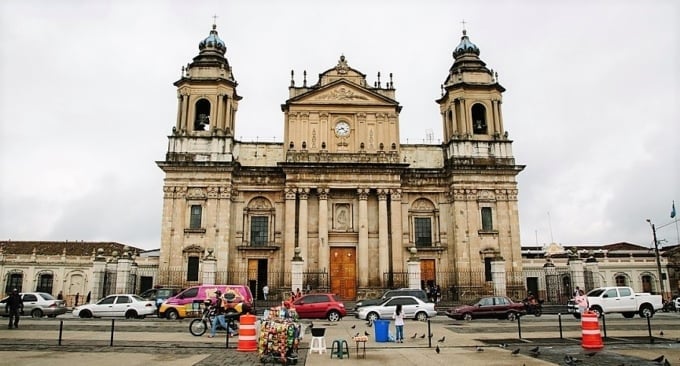
Located in the historic Zona 1 district, this cathedral, built in 1871, is a prime example of Guatemala's architectural heritage. The cathedral's solemn grandeur makes its interior and exterior worth exploring. Inside, sunlight streaming through the windows creates a moment of serene beauty.
Visitors are encouraged to follow basic etiquette, such as avoiding loud noises and wearing modest attire. Nearby attractions include Central Park and the National Palace of Culture, making this area a perfect spot for a leisurely day of sightseeing.
Name: Metropolitan Cathedral
Address: 8 Calle | 7 Av., Guatemala City, Guatemala
7. Central Market (Guatemala City)
Nestled behind the Metropolitan Cathedral, the Central Market is a bustling hub of activity. Visitors can find everything from souvenirs and clothing to fresh fruits and vegetables.
For those looking to save money, this market offers an affordable alternative to souvenir shops. Bargaining is common and part of the fun. It's also an excellent place to replenish fresh produce during your travels.
Name: Central Market
Address: 8 Calle and 8 Ave., Guatemala City, Guatemala
8. Monterrico (Monterrico)

Monterrico is one of Guatemala's rare beach resorts. Its simplicity and charm make it perfect for those seeking a relaxed coastal experience. The waves are ideal for surfing, attracting surfers from around the globe. For those looking for calmer waters, nearby coves offer safe swimming spots.
The black sand, a result of volcanic activity, adds to the area's uniqueness. During the turtle nesting season (October to December), visitors can witness sea turtles laying eggs in a nearby conservation area, under the guidance of local experts.
Name: Monterrico
Address: Monterrico, Guatemala
9. Arco de Santa Catalina (Antigua)
The Santa Catalina Arch is a charming clock tower located on the picturesque cobblestone street stretching from Antigua's Central Park to La Merced Church. This archway, featuring a clock atop its arched gate, is one of Antigua's most iconic landmarks and a favorite photo spot for tourists. The area is lively, with souvenir shops, restaurants, and street vendors creating a bustling atmosphere. At night, the arch is beautifully illuminated, adding a romantic glow to Antigua’s colonial charm.
During the daytime, visitors flock here for a breathtaking view that frames the arch with the majestic Agua Volcano in the background. Be sure to experience the magic of the arch both by day and night.
Name: Arco de Santa Catalina
Address: Av. Norte and 2 Calle Poniente 5, Antigua 03001, Guatemala
10. La Merced Church (Antigua)
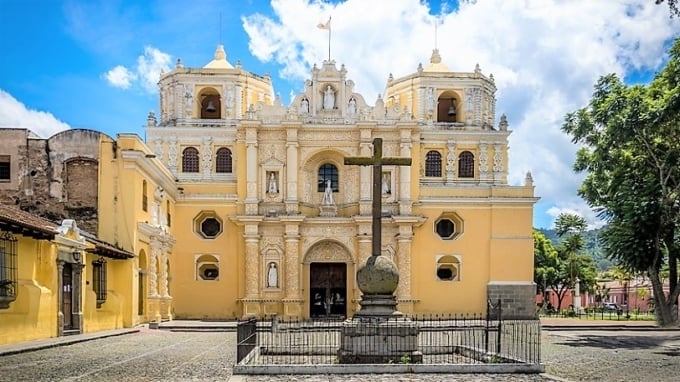
At the end of the cobblestone street near the Santa Catalina Arch lies La Merced Church, easily recognized by its striking yellow façade. The church’s baroque decorations were crafted by skilled stucco artisans from Mexico, making it a noteworthy structure in the history of religious art in the Americas.
Despite Antigua’s vulnerability to earthquakes—evidenced by ruins of over 20 churches—the La Merced Church has remained relatively intact, with only part of its interior in ruins. The area around the church is lively, with food stalls and visitors filling the square, making it a vital part of Antigua’s colonial cityscape.
Name: La Merced Church
Address: Antigua, Guatemala
11. Cerro de La Cruz (Antigua)
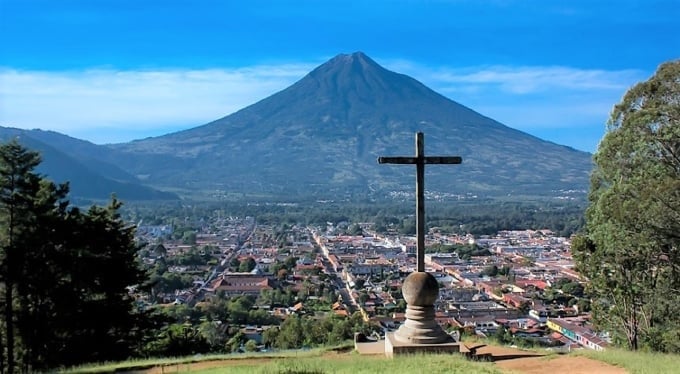
Known as the "Hill of the Cross," this small hill north of Antigua offers a panoramic view of the town. A large cross overlooks the city, with the imposing Agua Volcano in the background. Statues, including a large equestrian figure of Santiago, the town’s patron saint, adorn the hilltop.
The spot is easily accessible, just a 20-minute walk from Central Park, and offers sweeping views of other nearby volcanoes such as Fuego and Acatenango. With tourist police patrolling the area, visitors can explore safely and enjoy the scenery, especially on clear days.
Name: Hill of Crosses
Address: Antigua, Guatemala, Antigua 03001, Guatemala
12. La Recolección Monastery (Antigua)
Situated northwest of the main market, this site contains the ruins of a large Catholic church and monastery. Among Antigua’s many colonial-era ruins, La Recolección is the largest. Before being destroyed by earthquakes, it was a magnificent structure, as evidenced by the colossal stone remnants scattered throughout the site.
The devastating 1773 earthquake not only destroyed this monastery but also led to the relocation of Guatemala’s capital to its current site. Today, La Recolección remains a testament to the city’s colonial past, preserving its history for future generations.
Name: Recolection Monastery
Address: Calle Poniente at Calle de Recolectos 1, Antigua 03001, Guatemala
13. Quiriguá Ruins (Quiriguá)
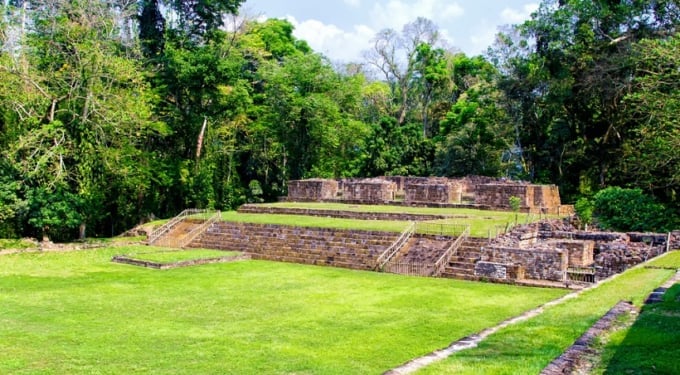
Designated a UNESCO World Heritage Site in 1981, the Quiriguá Ruins are renowned for their exceptionally well-preserved stelae and unique altars. The site reflects the artistic and technical influence of the ancient city of Copán in Honduras, located just 50 km away.
The "zoomorphic altars," carved with intricate animal shapes, showcase the unparalleled skills of Quiriguá’s sculptors. While a 4-hour bus ride from Guatemala City makes it possible to visit Quiriguá as a day trip, staying overnight in the area and combining it with a visit to Copán can enhance your experience.
Name: Quiriguá Ruins
Address: Quiriguá, Guatemala
Official/Related Website: http://www.infomaya.jp/guatemala/quirigua/index.html
14. Zaculeu Ruins (Huehuetenango)
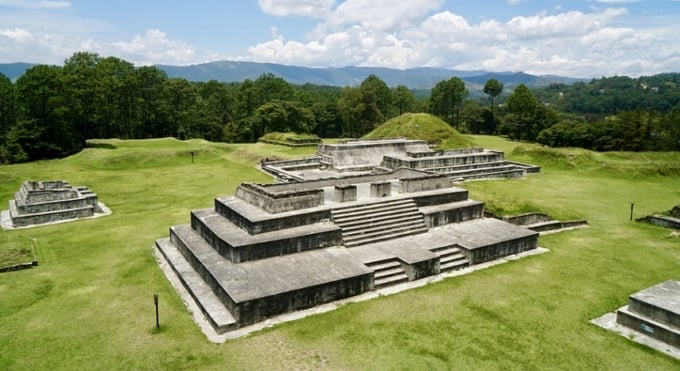
Located 3 km west of Huehuetenango, near the Mexican border, Zaculeu was the central city of the Mam people. Constructed around the 4th century, it served as the seat of the Mam dynasty until the early 16th century. The ruins showcase a blend of Maya and Toltec cultures, with well-preserved temples, ball courts, and a distinctive Toltec-style rooftop structure on one temple.
The site doubles as a local gathering spot, offering opportunities to interact with the friendly residents of Huehuetenango while exploring its historical significance.
Name: Zaculeu Ruins
Address: Huehuetenango, Guatemala
Official/Related Website: http://www.latenamerica.com/zacureu.html
15. Río Dulce
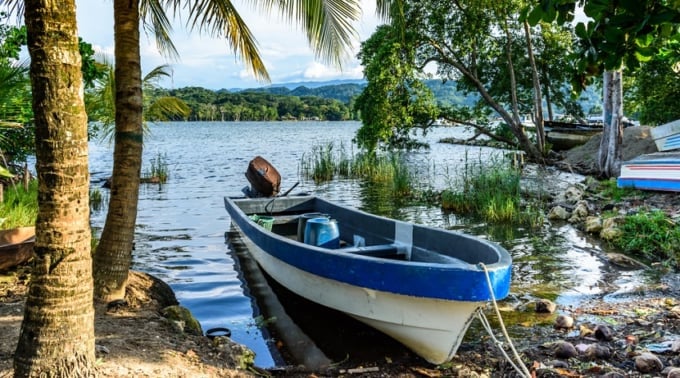
The Rio Dulce (Sweet River) flows from Lake Izabal, Guatemala’s largest lake, into a lush tropical rainforest. Known as "Little Amazon," this area is a paradise for nature lovers, featuring diverse bird species, unique plants, and the occasional sighting of manatees. Visitors can explore by boat, enjoying serene views of water lilies and blooming white flowers.
Boat tours can either return upstream or continue to Livingston, a Caribbean port town home to the Garifuna people. Nearby, the 17th-century San Felipe Fortress, built to defend against pirates, is worth a visit.
Name: Rio Dulce
Address: Rio Dulce, Guatemala
Summary
We hope you enjoyed the article. Guatemala is a captivating country in Central America, rich in charm and deeply influenced by Mayan civilization, with a majority of its population being of Mayan descent. The country's rich history is evident in its numerous Mayan ruins and ancient structures. As you explore, you'll encounter diverse indigenous communities and marvel at their stunning traditional attire, unique to each ethnic group. You'll also experience the abundant natural beauty of this mountainous land. Why not plan a trip to Guatemala and immerse yourself in the rich history and culture of this vibrant, multi-ethnic nation?
RELATED ARTICLES
REGIONS
CATEGORIES
FEATURED ON Guatemala
-
Guatemala
MOST POPULAR ON Guatemala
-
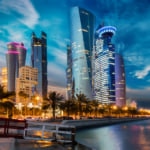 1
1Doha: Must-see Attractions in the Capital of Qatar
-
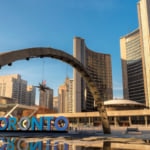 2
2Toronto: 10 Things to do in this Picturesque Canadian City
-
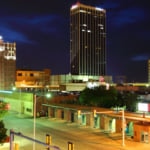 3
3Amarillo: A City Famous for It’s Amazing Canyons, Great History and Music
-
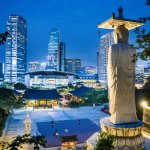 4
4South Korea: Dazzling Scenery, Rich Culture and Fascinating History
-
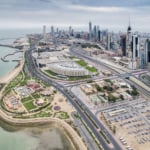 5
5Kuwait: A Country in Middle East Asia Famous for Hot Sand Dunes and Stunning Cityscape


